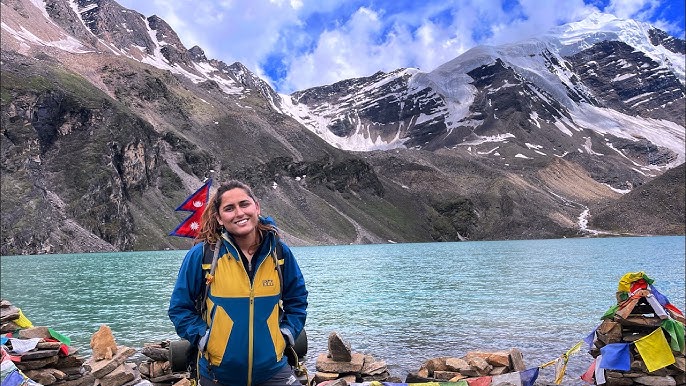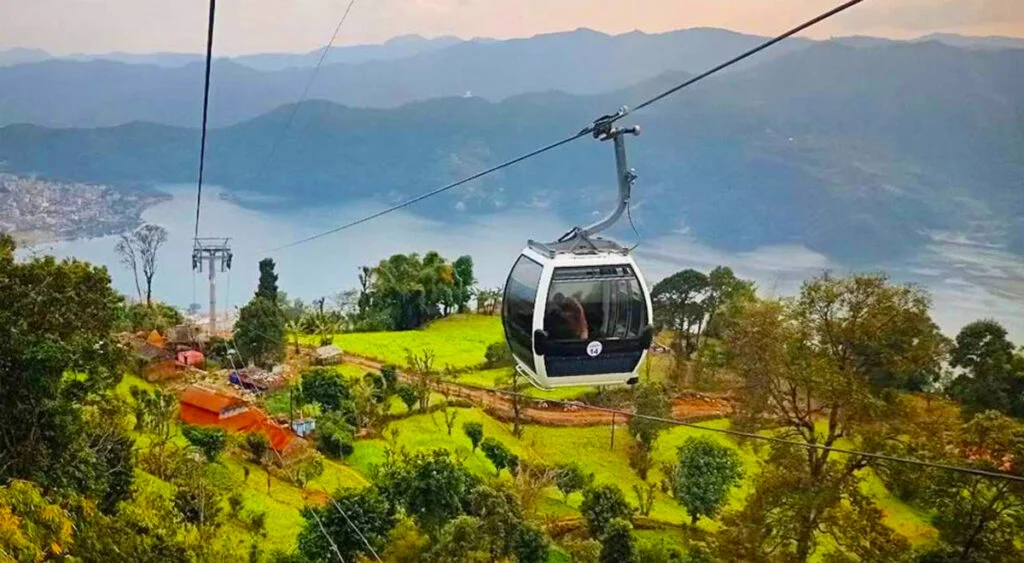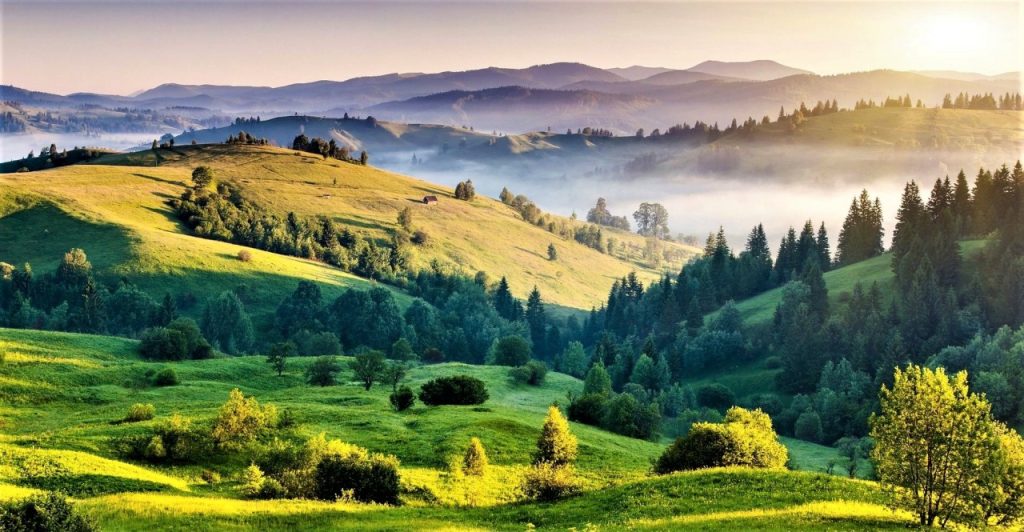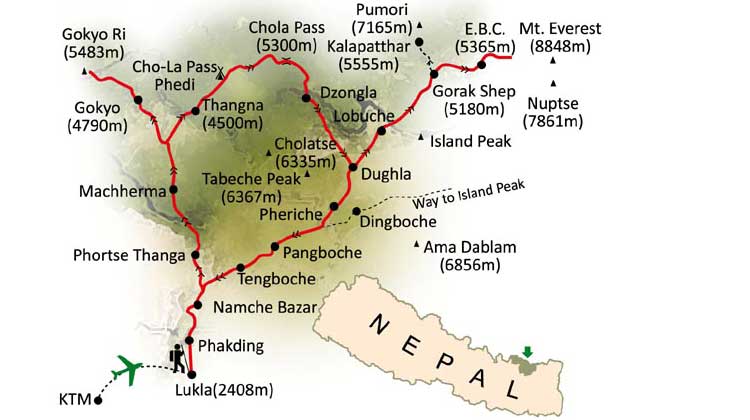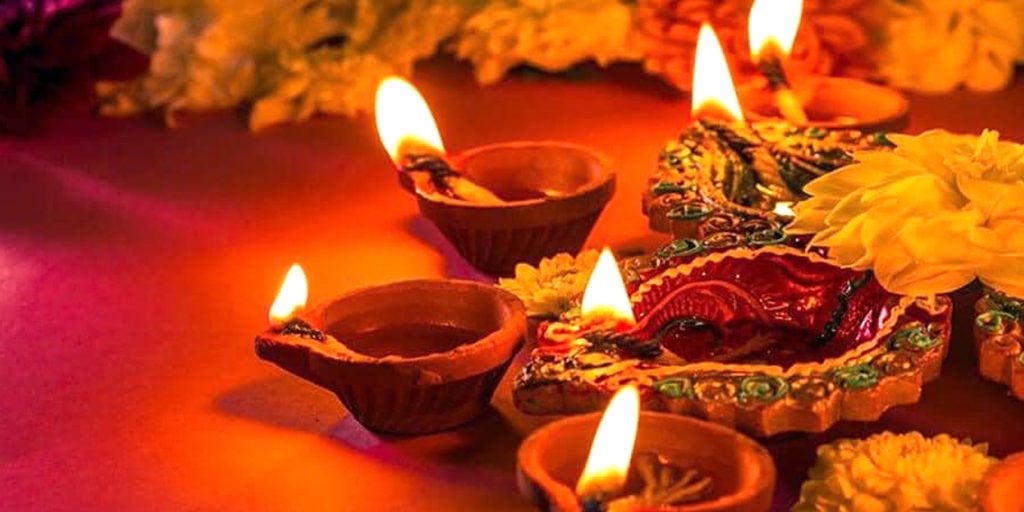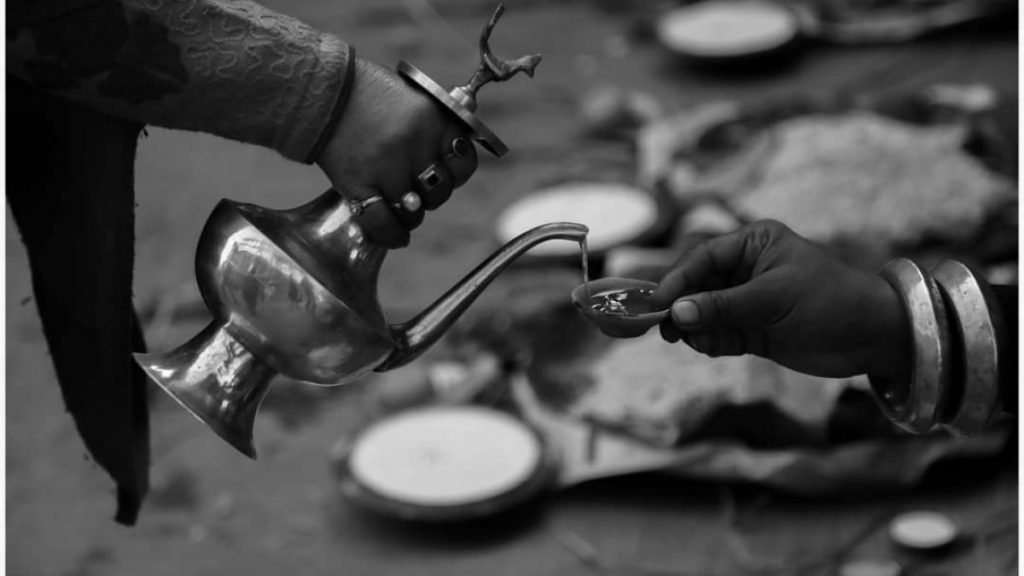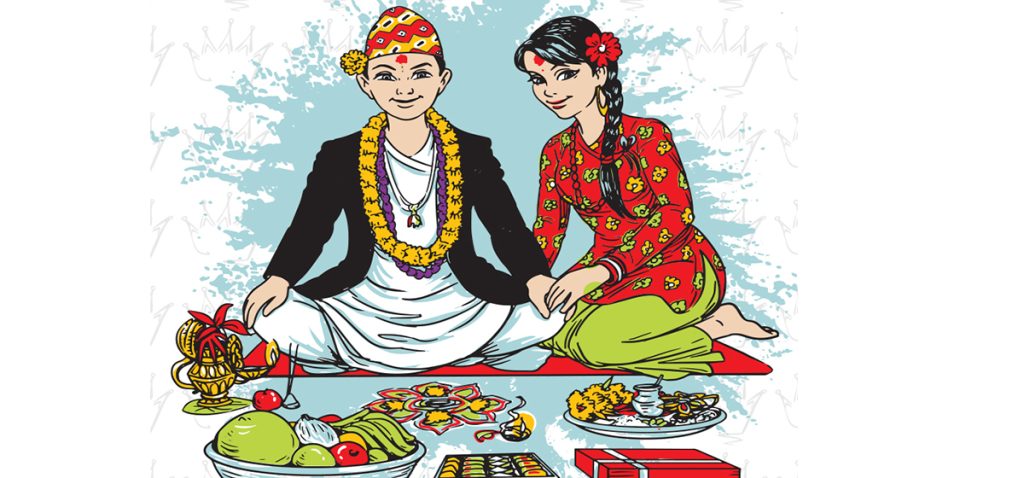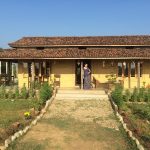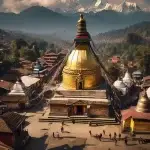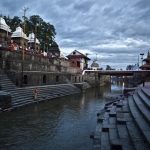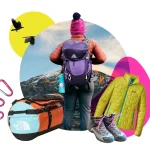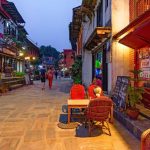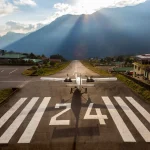Now Reading: Annapurna Circuit on a Budget (10–14 Day Plan with Thorong La)
1
-
01
Annapurna Circuit on a Budget (10–14 Day Plan with Thorong La)
Annapurna Circuit on a Budget (10–14 Day Plan with Thorong La)
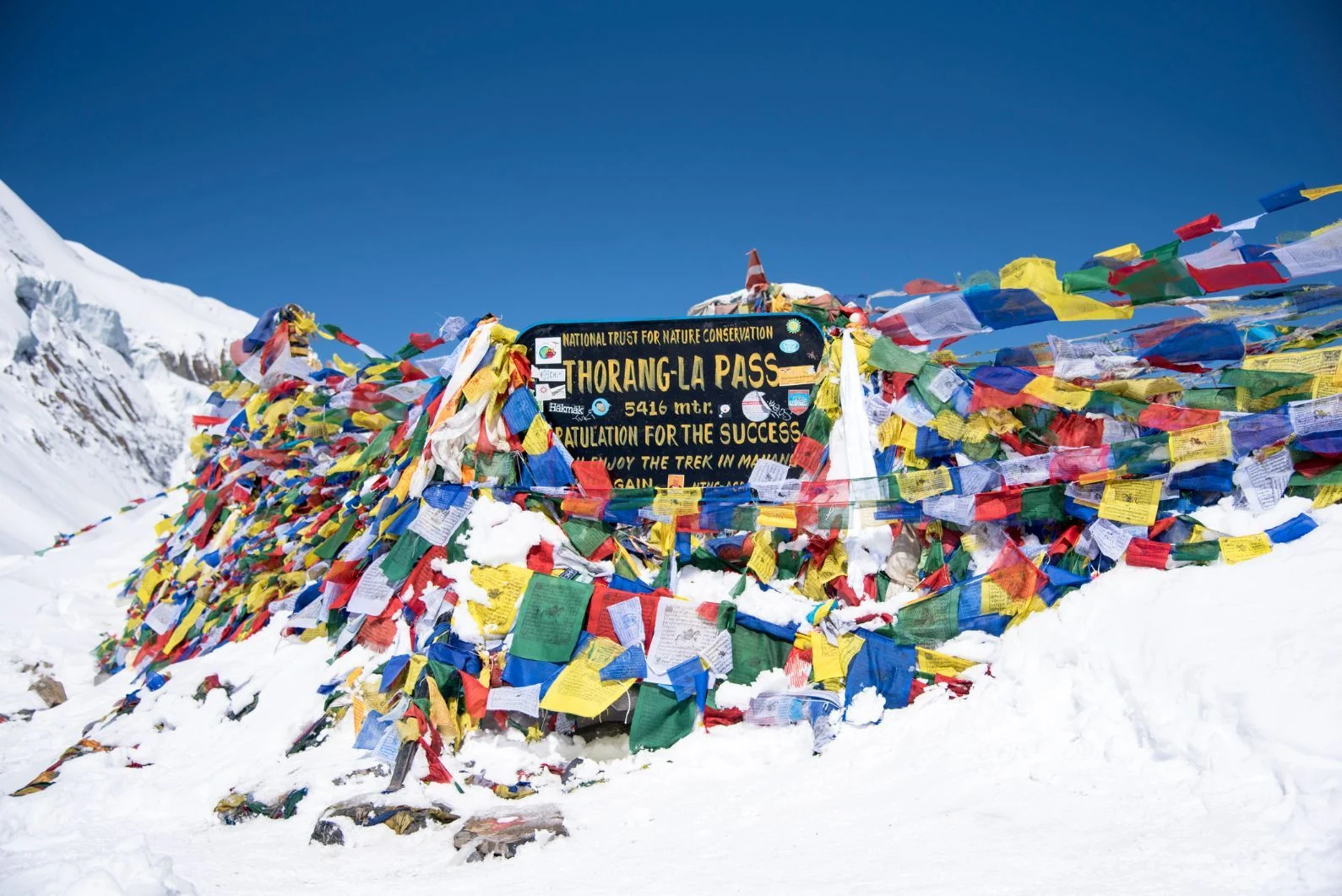
Why the Circuit?
The Annapurna Circuit is a classic Himalayan loop that moves from rice terraces and waterfalls to high, dry valleys and the famous Thorong La Pass (5,416 m). Unlike out‑and‑back routes, the scenery changes daily. The tea‑house network is excellent, and you can keep costs down by using local transport and eating simple meals.
Route overview
- Start: Besisahar (bus/minivan from Kathmandu or Pokhara).
- High point: Thorong La Pass.
- Finish: Muktinath/Jomsom, then road or flight to Pokhara.
- Options: Add Tilicho Lake (2–3 days) for glacier‑blue water views.
12‑day budget itinerary
- Kathmandu → Besisahar → Bahundanda/Syange – ease in with riverside villages.
- → Tal – dramatic cliffs and waterfalls.
- → Chame – hot springs nearby.
- → Upper Pisang – choose the upper route for views.
- → Manang – restock bakeries and gear.
- Acclimatisation in Manang – Ice Lake or Praken Gompa hike.
- → Yak Kharka – slow, steady day.
- → Thorong Phedi/High Camp – early dinner, early bed.
- Over Thorong La → Muktinath – big day, start before dawn.
- → Jomsom – winds pick up after late morning.
- → Tatopani – hot springs reward.
- → Pokhara – bus/jeep; celebrate with lakeside dinner.
Permits & rules
- ACAP (Annapurna Conservation Area Permit) is required.
- TIMS card and a licensed trekking guide are mandatory on most trekking routes—arrange via a registered trekking agency in Kathmandu or Pokhara.
- Carry passport copies and keep photos of permits on your phone.
Best time to go
- Oct–Nov and Mar–Apr—most stable weather, busy tea houses.
- Dec–Feb—very cold/icy on the pass; short days.
- Jun–Aug—monsoon rains and leeches below forest line; landslides possible.
Budgeting the Circuit
- Daily on trek: £22–40 for room, meals, snacks, charging, and hot showers.
- Save by sharing jeeps, refilling water (filter/UV), and eating dal bhat.
- Keep small notes for village shops and checkpoints.
Packing for the pass
Warm mid‑layers, down jacket, shell, liner gloves + big mitts, beanie/buff, sunglasses, sunscreen, trekking poles, microspikes (late autumn/winter), water treatment, basic meds (pain relief, rehydration salts, altitude pills if advised by a doctor).
Safety & comfort
- Start the pass day pre‑dawn to beat the wind and ice.
- Take acclimatisation seriously in Manang.
- Ask lodge owners about trail conditions after fresh snow or heavy rain.
Side trips
- Tilicho Lake – spectacular but exposed; ask about rockfall status.
- Ice Lake (Kicho Tal) – perfect acclimatisation loop above Manang.
- Poon Hill finish for sunrise over Dhaulagiri/Annapurna.
Getting in/out cheaply
- To start: Public bus/minivan to Besisahar from Kathmandu/Pokhara.
- From finish: Bus/jeep from Jomsom/Tatopani to Pokhara (flight is faster but pricier).
- Avoid late‑day travel in the windy Kali Gandaki—mornings are smoother.
Mistakes to avoid
- Skipping acclimatisation in Manang.
- Starting the pass after sunrise, wind and ice get worse.
- Underestimating cold snaps in Nov/Dec—carry proper insulation.
Stay Informed With the Latest & Most Important News
Previous Post
Next Post
Loading Next Post...

